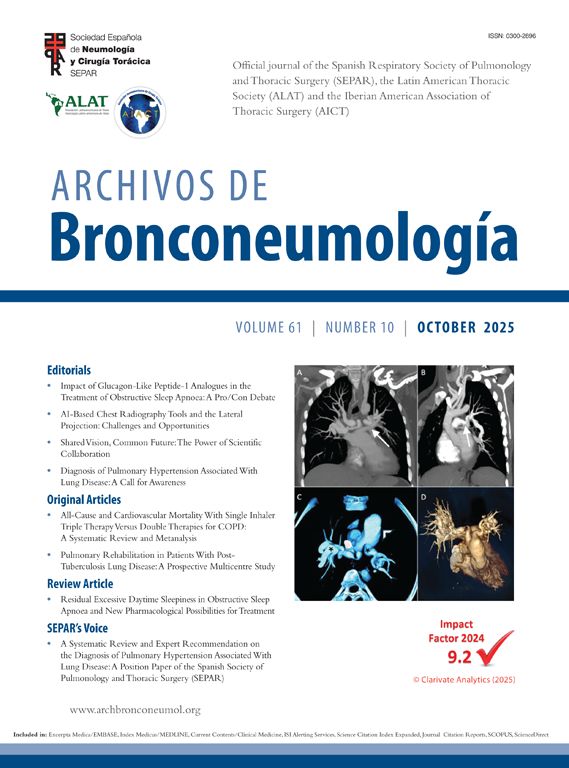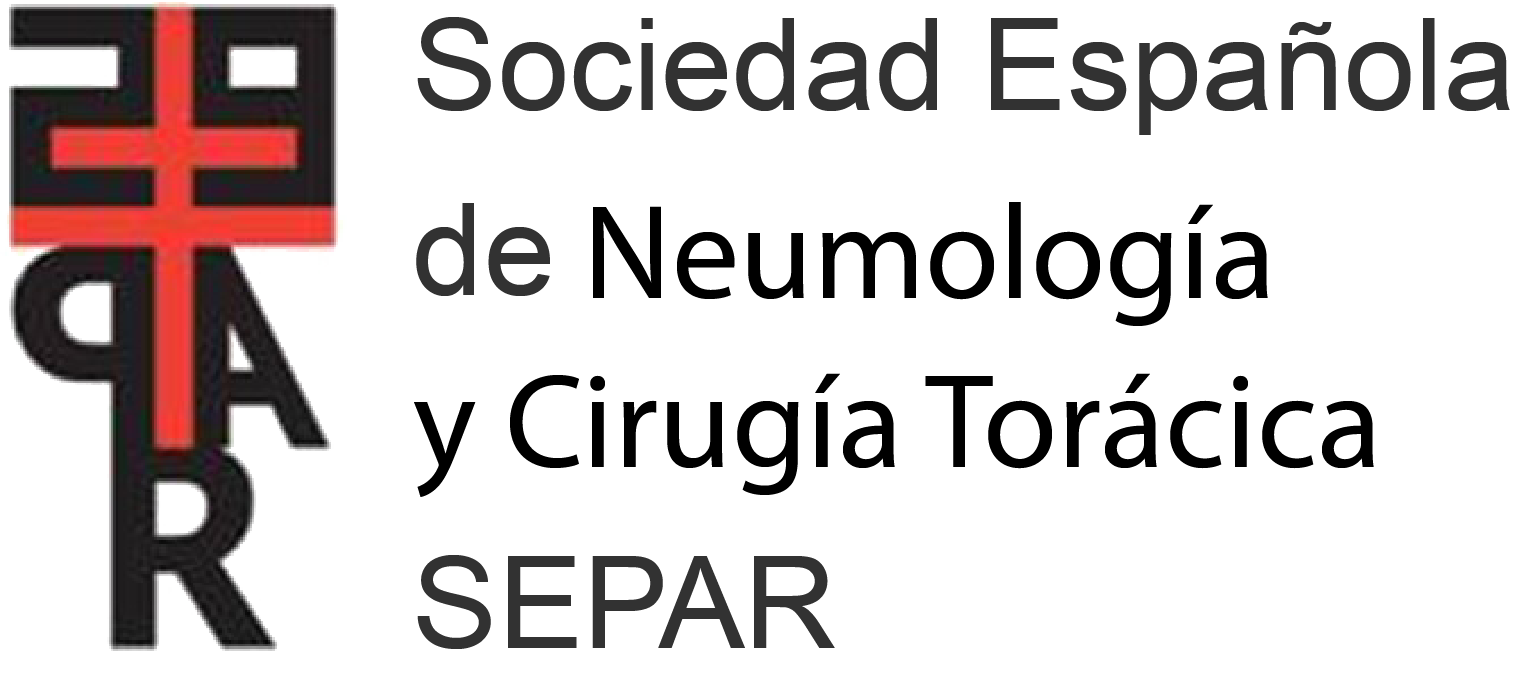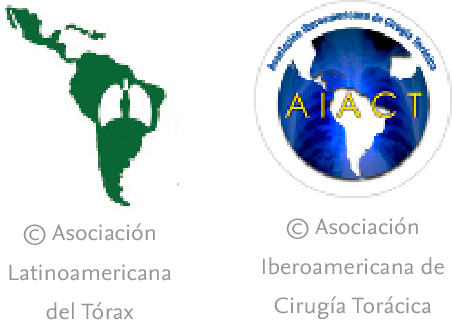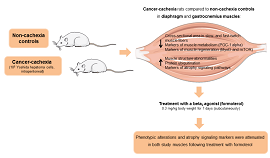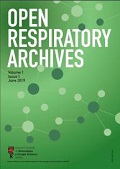Los traumatismos torácicos (TT) constituyen un problema frecuente, consecuencia de lesiones originadas por actividades domésticas, laborales y, especialmente, accidentes de tráfico. Se pueden analizar desde diversos puntos de vista, considerando los más graves sobre todo en el contexto de los politraumatismos. Y también las peculiaridades de los traumatismos cerrados y los abiertos.
En este trabajo se estudian según la afectación de las diversas estructuras torácicas. Las fracturas costales son los TT más frecuentes, su diagnóstico y tratamiento es sencillo, aunque pueden ser graves en casos de afectación de más de 3 arcos costales y cuando el paciente presenta morbilidad asociada importante. La contusión pulmonar es la lesión visceral más frecuente. Suele presentarse en TT graves y a menudo asociada a otras lesiones torácicas e intratorácicas. Su tratamiento se basa en medidas de soporte general. Son también frecuentes las complicaciones pleurales como el hemotórax y neumotórax. Su diagnóstico es también sencillo y su tratamiento se basa en el drenaje pleural.
Otras situaciones complejas también se analizan en este trabajo, destacando los traumatismos de la vía aérea, muy graves por lo general en los TT cerrados y con menor repercusión e incluso susceptibles de tratamiento conservador en los iatrógenos por intubación traqueal. Las roturas diafragmáticas suelen dar lugar a una hernia diafragmática. Su tratamiento es siempre quirúrgico. Las contusiones miocárdicas deben sospecharse en TT anteriores y fracturas de esternón. Su tratamiento es conservador. Otros TT como los de los grandes vasos torácicos y esofágicos son menos frecuentes, aunque de especial gravedad.
Chest trauma is a frequent problem arising from lesions caused by domestic and occupational activities and especially road traffic accidents. These injuries can be analyzed from distinct points of view, ranging from consideration of the most severe injuries, especially in the context of multiple trauma, to the specific characteristics of blunt and open trauma.
In the present article, these injuries are discussed according to the involvement of the various thoracic structures. Rib fractures are the most frequent chest injuries and their diagnosis and treatment is straightforward, although these injuries can be severe if more than three ribs are affected and when there is major associated morbidity. Lung contusion is the most common visceral lesion. These injuries are usually found in severe chest trauma and are often associated with other thoracic and intrathoracic lesions. Treatment is based on general support measures. Pleural complications, such as hemothorax and pneumothorax, are also frequent. Their diagnosis is also straightforward and treatment is based on pleural drainage.
This article also analyzes other complex situations, notably airway trauma, which is usually very severe in blunt chest trauma and less severe and even suitable for conservative treatment in iatrogenic injury due to tracheal intubation. Rupture of the diaphragm usually causes a diaphragmatic hernia. Treatment is always surgical. Myocardial contusions should be suspected in anterior chest trauma and in sternal fractures. Treatment is conservative. Other chest injuries, such as those of the great thoracic and esophageal vessels, are less frequent but are especially severe.

